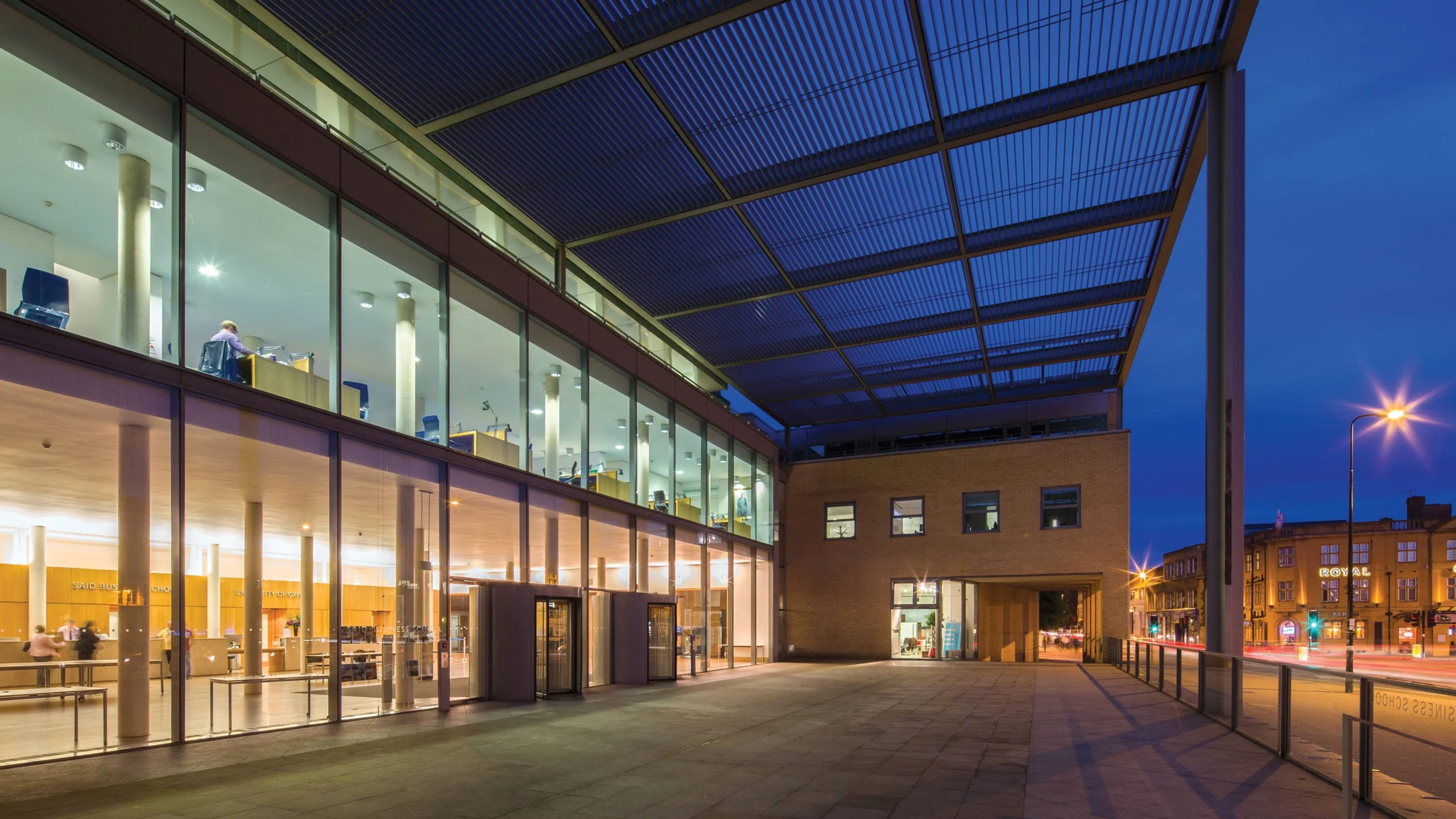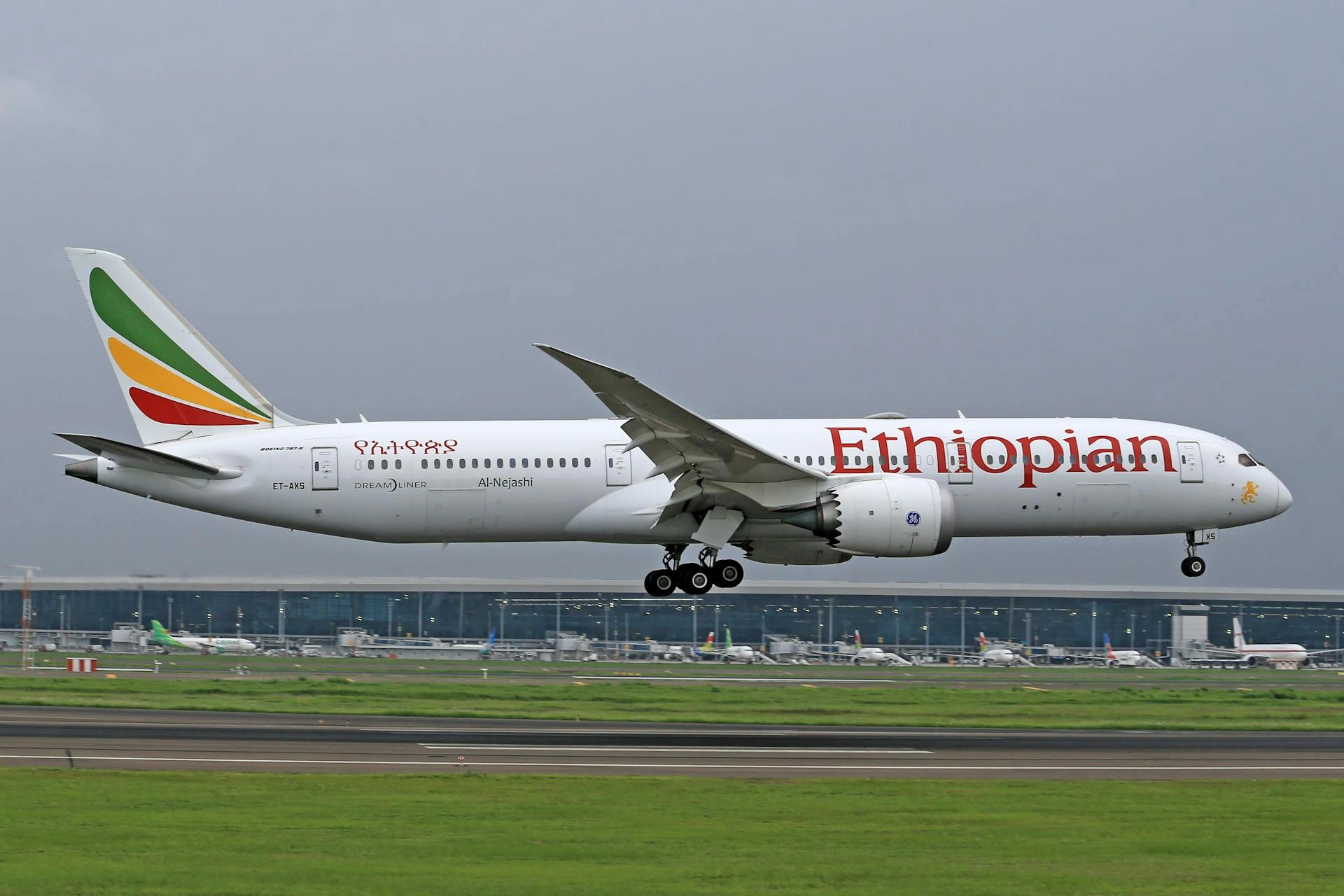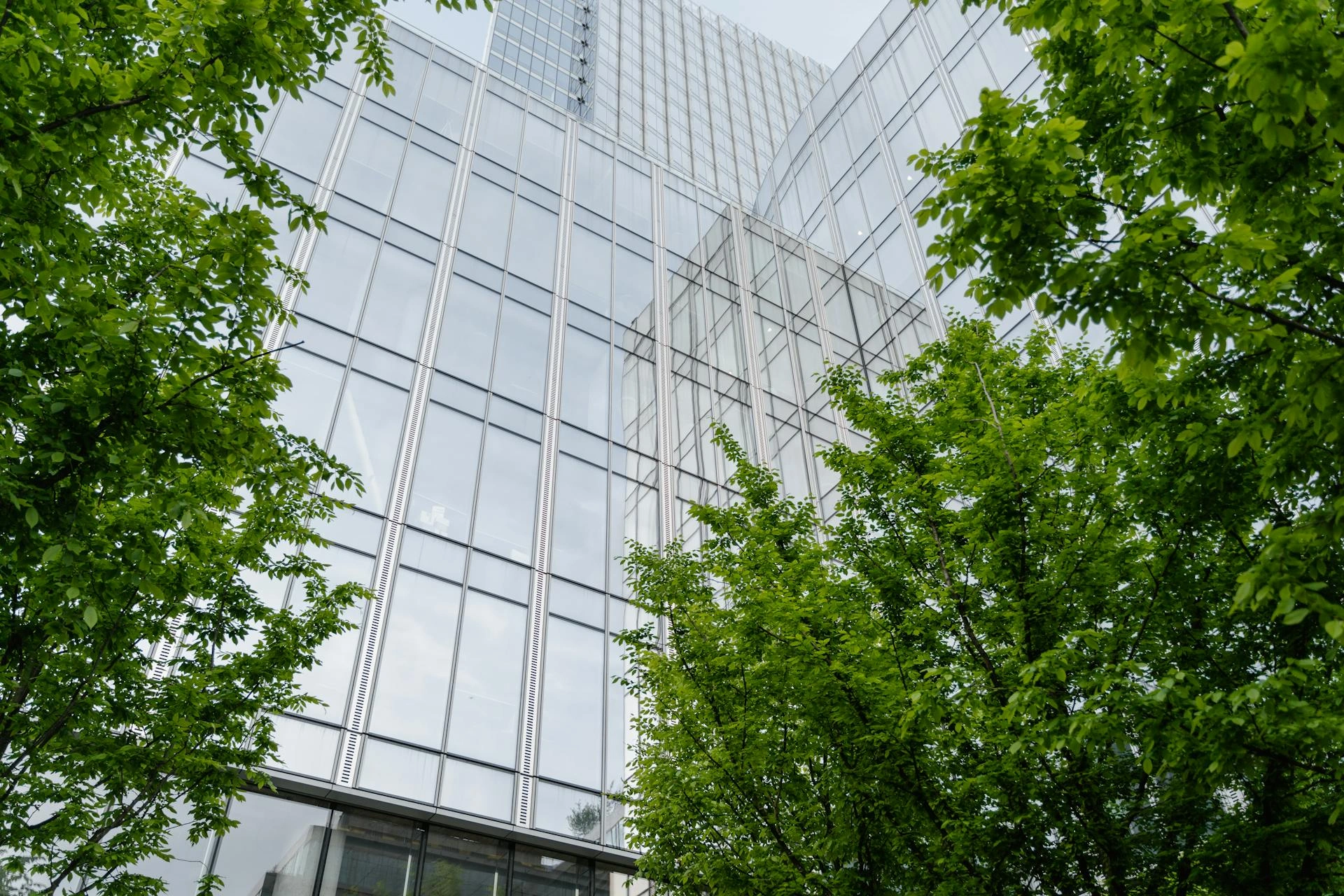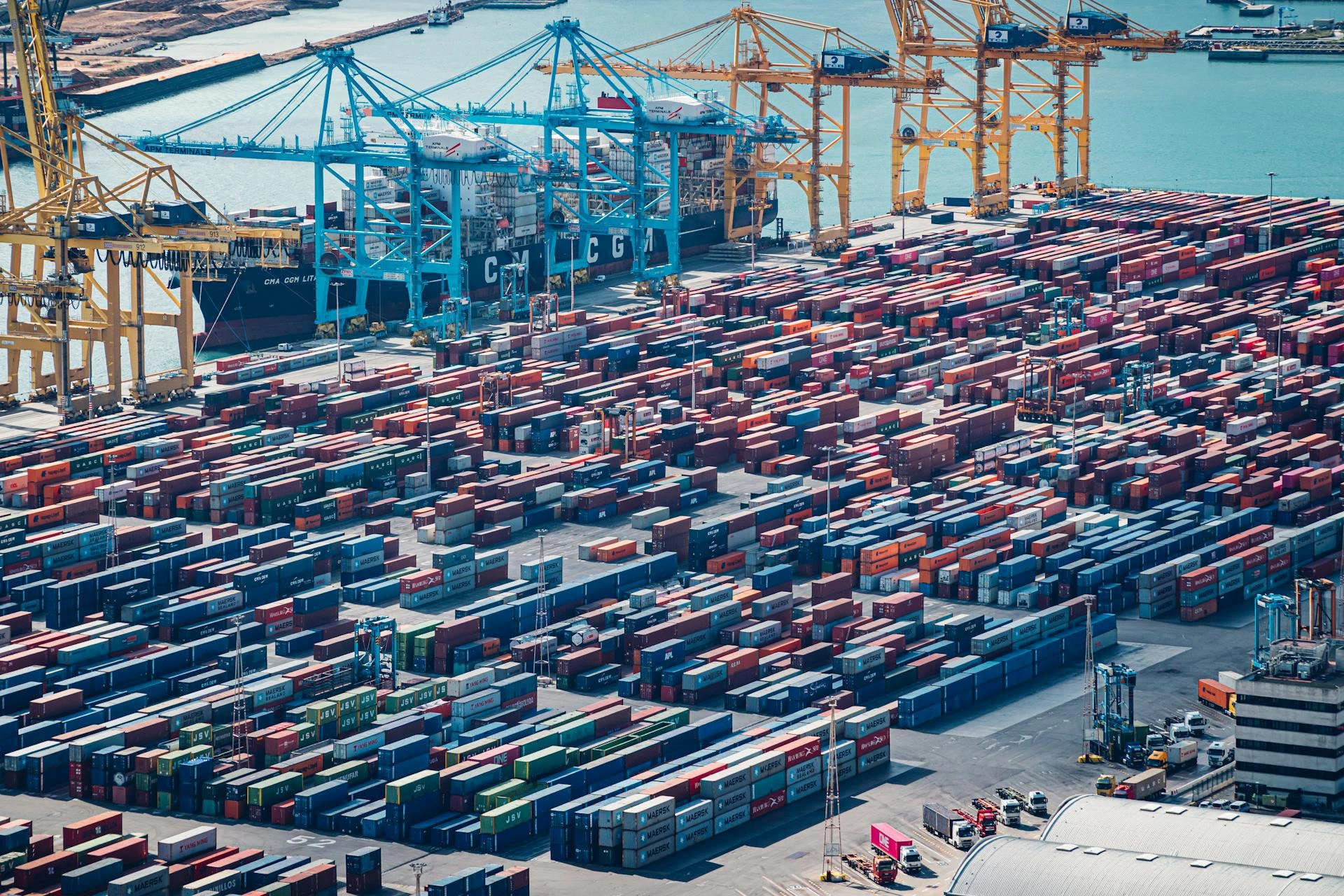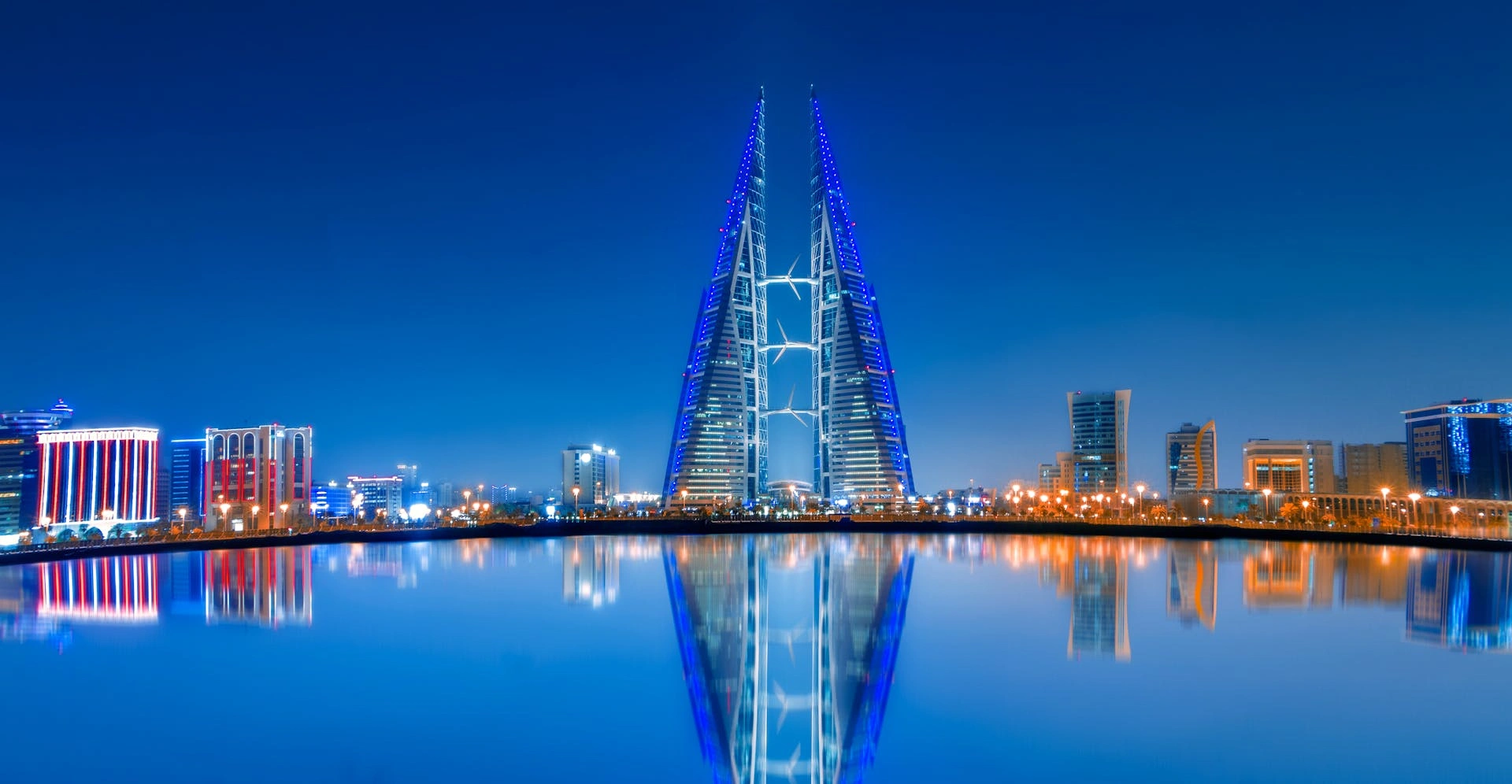Shanghai unveils new visa-free international business zone at Pudong Airport

John E. Kaye
- Published
- Business Travel, News

Shanghai will open a new international business zone near Pudong airport by the end of 2025, allowing visa-free entry for overseas visitors invited by companies based in the zone.
The project, backed by China’s State Council, is designed to make it easier for global businesses to operate in the country by streamlining entry procedures and offering dedicated infrastructure for cross-border commerce.
Known as the Shanghai Eastern Hub International Business Cooperation Zone, the development spans 880,000 square metres — roughly the size of 120 football pitches — and will sit between Pudong International Airport and the under-construction Shanghai East Railway Station.
Foreign visitors arriving at Pudong will be able to enter the zone without a standard Chinese visa, provided they have a valid business invitation. The visa-free stay lasts up to 30 days and can be extended. Visitors wishing to travel further into China will be able to apply for a port visa onsite.
A dual-entry system will separate access to the business zone from entry into the Chinese mainland. Travellers from overseas will pass through simplified checks when entering the zone, but full customs procedures will apply for those continuing beyond it.
The zone is expected to support international firms with meeting spaces, exhibition halls, legal and financial services, and offices tailored to cross-border operations. It will also feature medical facilities, tax refund systems, and payment infrastructure compatible with foreign bank cards and mobile apps.
Transport is a key feature of the project. Pudong International Airport, which handled 70 million passengers last year, will open a third terminal in 2028, raising capacity to 130 million. The nearby Shanghai East Railway Station is expected to serve 60 million travellers annually, with a shuttle connecting it to the new business zone in just 10 minutes.
Officials say the zone will support year-round engagement with the China International Import Expo and provide a base for companies to meet partners, trade goods, and explore new ventures in China.
Shanghai is already home to more than 75,000 foreign-invested companies, including over 1,000 multinational regional headquarters and nearly 600 overseas R&D centres. The city leads China in international traveller volume and its ports handle more than 3% of global trade.
“This project continues Shanghai’s legacy as a reform pioneer,” an official from the zone’s administration said. “It meets global business demand for efficient logistics, talent flow, and transparent rules.”
The entire zone is being built to ultra-low energy standards, with smart systems in place to monitor traffic, energy use, and security. Green spaces and pedestrian walkways will dominate the layout, and passenger and freight traffic will be separated to reduce congestion.
Construction of the first phase is expected to finish by the end of 2025, coinciding with the 35th anniversary of Pudong’s development. The zone is scheduled to be fully operational by 2030.
Main image: An artist’s rendition of the Shanghai Eastern Hub International Business Cooperation Zone (WeChat pdnews)
Sign up to The European Newsletter
RECENT ARTICLES
-
 Marriott strengthens South African portfolio with new Autograph Collection hotel in Cape Town
Marriott strengthens South African portfolio with new Autograph Collection hotel in Cape Town -
 Oxford to host new annual youth climate summit on UN World Environment Day
Oxford to host new annual youth climate summit on UN World Environment Day -
 Countdown to Davos 2026 as Switzerland gears up for the most heated talks in years
Countdown to Davos 2026 as Switzerland gears up for the most heated talks in years -
 Paribu buys CoinMENA in USD 240m deal as regional crypto markets consolidate
Paribu buys CoinMENA in USD 240m deal as regional crypto markets consolidate -
 AI innovation linked to a shrinking share of income for European workers
AI innovation linked to a shrinking share of income for European workers -
 African airspace overhaul set to shorten flight times for European travellers
African airspace overhaul set to shorten flight times for European travellers -
 Exclusive: Global United Nations delegates meet in London as GEDU sets out new cross-network sustainability plan
Exclusive: Global United Nations delegates meet in London as GEDU sets out new cross-network sustainability plan -
 Fast fashion brands ‘greenwash’ shoppers with guilt-easing claims, study warns
Fast fashion brands ‘greenwash’ shoppers with guilt-easing claims, study warns -
 Europe’s shrinking middle class is turning to the radical right, new study suggests
Europe’s shrinking middle class is turning to the radical right, new study suggests -
 Private sector set to overtake government as main driver of corporate sustainability in 2026, report suggests
Private sector set to overtake government as main driver of corporate sustainability in 2026, report suggests -
 Europe emphasises AI governance as North America moves faster towards autonomy, Digitate research shows
Europe emphasises AI governance as North America moves faster towards autonomy, Digitate research shows -
 JPMorgan plans multibillion-pound tower in Canary Wharf
JPMorgan plans multibillion-pound tower in Canary Wharf -
 Strong workplace relationships linked to higher initiative among staff, study finds
Strong workplace relationships linked to higher initiative among staff, study finds -
 Brexit still hitting poorest hardest as food costs rise and mental health worsens
Brexit still hitting poorest hardest as food costs rise and mental health worsens -
 Global crises reshape household food habits, major review finds
Global crises reshape household food habits, major review finds -
 Sir Trevor McDonald honoured at UWI London Benefit Dinner celebrating Caribbean achievement
Sir Trevor McDonald honoured at UWI London Benefit Dinner celebrating Caribbean achievement -
 Adelphi Masterfil acquires Karmelle to bolster UK machinery manufacturing
Adelphi Masterfil acquires Karmelle to bolster UK machinery manufacturing -
 Cost-of-living pressures push London staff to seek practical perks
Cost-of-living pressures push London staff to seek practical perks -
 AI and scent-science firm Arctech expands into agriculture with Rothamsted base
AI and scent-science firm Arctech expands into agriculture with Rothamsted base -
 Malta PM says future growth hinges on stronger higher-education system
Malta PM says future growth hinges on stronger higher-education system -
 Golden visa surge sets the stage for InvestPro Greece 2025
Golden visa surge sets the stage for InvestPro Greece 2025 -
 Germany bucks Europe’s high-growth surge as continent sees strongest expansion in five years
Germany bucks Europe’s high-growth surge as continent sees strongest expansion in five years -
 Women turning to entrepreneurship to fight age bias at work, study shows
Women turning to entrepreneurship to fight age bias at work, study shows -
 Lithuania launches ‘Investment Highway’ to cut major project approval times from three years to three months
Lithuania launches ‘Investment Highway’ to cut major project approval times from three years to three months -
 Islamic Development Bank and London Stock Exchange Group launch study on ‘development traps’ facing emerging economies
Islamic Development Bank and London Stock Exchange Group launch study on ‘development traps’ facing emerging economies


